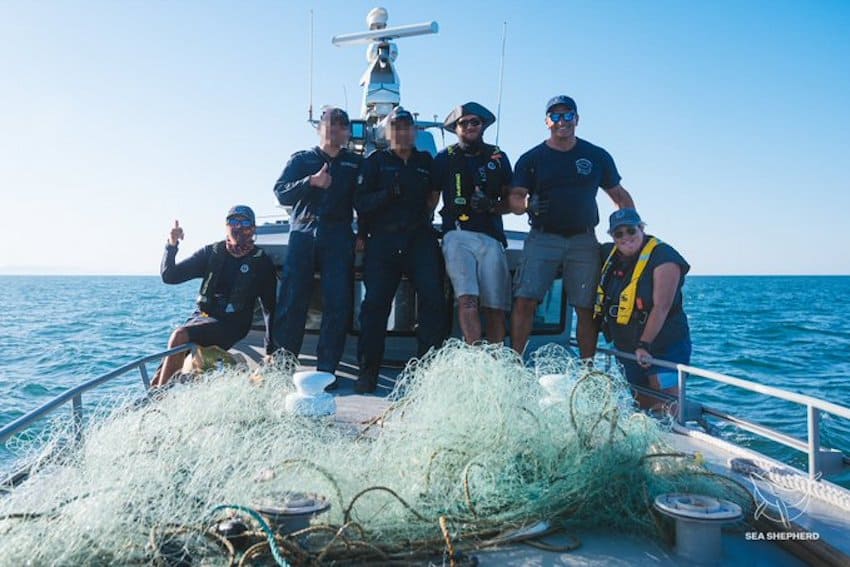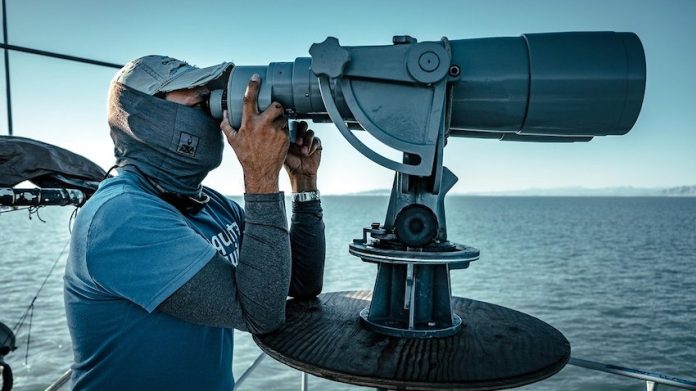Twelve scientists from Mexico, the United States and Canada will carry out a scientific expedition to track the last remaining vaquita porpoises in the Gulf of California, the only habitat of the critically endangered species.
The Vaquita Observation Cruise 2023, will take place from May 10 to 27 and will be a joint operation with the Sea Shepherd Conservation Society, the Environment and Natural Resources Minister María Luisa Albores González reported.

The group will travel in two ships: the Sea Horse, a Sea Shepherd vessel, and the Sirena de Mar, a Mexican boat, to try and locate the less than one dozen vaquitas estimated to still be in existence.
According to Pritam Singh, president of Sea Shepherd, the expedition will be the most up-to-date scientific analysis since October 2021. At that time, seven or eight adult specimens and one or two calves were believed to remain.
Fishing of the totoaba, which is coveted in traditional Chinese medicine for its supposed healing properties, has brought the world’s smallest cetacean to the brink of extinction. The vaquita often dies after becoming entangled in the gillnets used to catch the totoaba.
Totoaba fishing is prohibited in Mexico, although the government hasn’t been able to end the practice.

Sea Shepherd has been working alongside the Mexican Navy in the Gulf of California to discourage totoaba fishing around the area where the vaquita was last seen, known as the “zero tolerance zone.” In April, both entities announced they had successfully removed all gillnets from the protected area of the vaquita, although illegal totoaba fishermen still reportedly enter the region to fish.
The vaquita cannot be captured, held or bred in captivity as they are highly sensitive to stress and changes in their environment. Previous efforts to capture vaquitas for conservation purposes have led to health complications and even deaths of the specimens.
During a press conference, Albores explained that since the marine mammal spends a lot of time underwater, trained observers and calm seas are required for a successful sighting. The experts will use binoculars, sighting devices and acoustic monitors to try to identify the locations of the tiny porpoise (which measures less than five feet in length and weighs around 20 pounds).
“This cruise brings hope because we have acoustic data that seems to indicate there is a greater concentration of vaquitas in some areas,” said Adán Peña Fuentes, head of the National Commission of Natural Protected Areas.
Mexico was sanctioned in March by the CITES international trade body as a result of its failure to protect the vaquita, blocking the nation’s wildlife exports to 184 member countries. The U.S. Department of the Interior is also considering sanctions that could result in a ban on imported Mexican seafood.
Results from the search expedition are expected to be shared with the public in about four weeks.
With reports from Associated Press News, Expansión and Milenio
